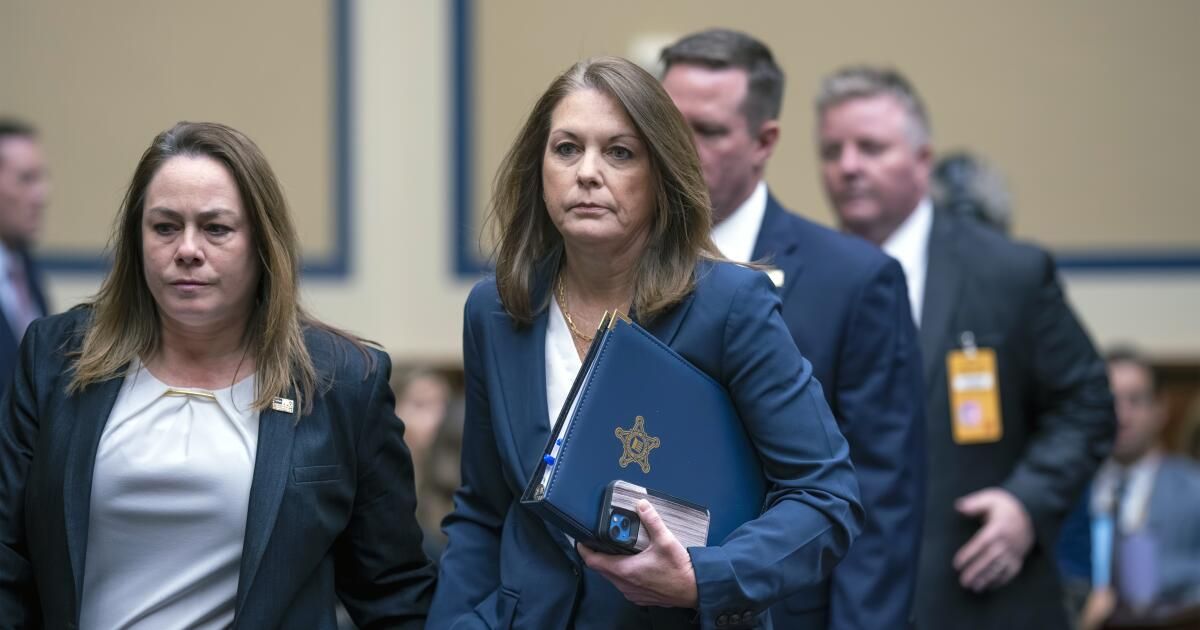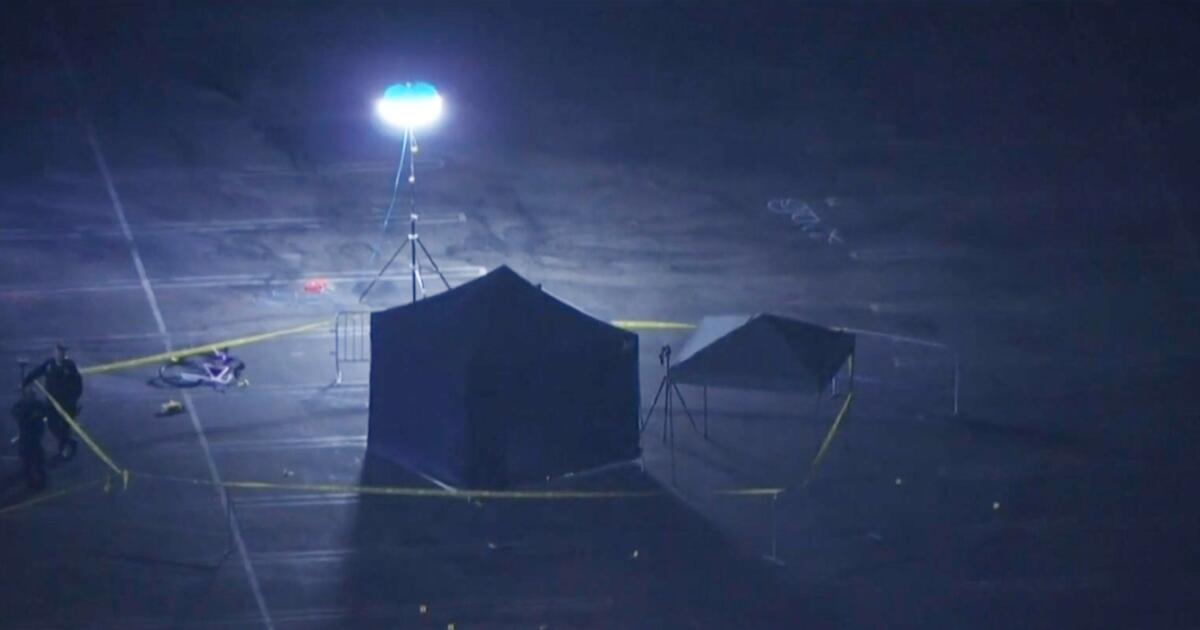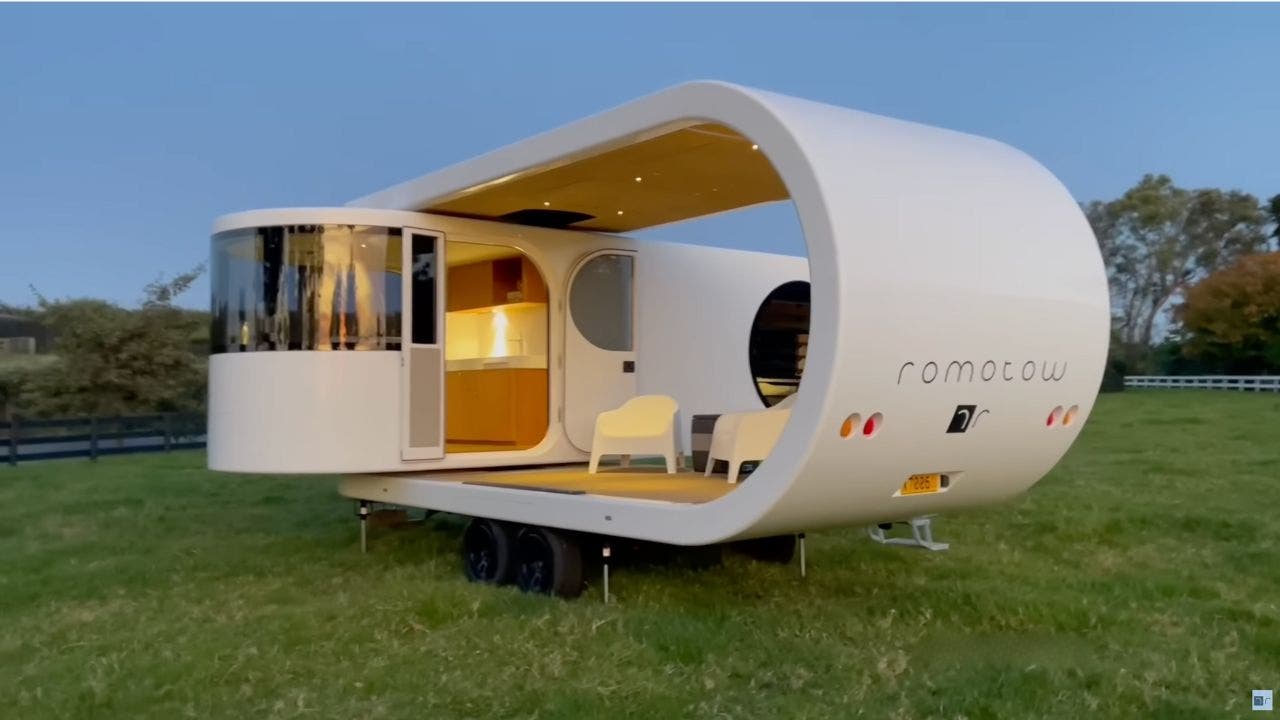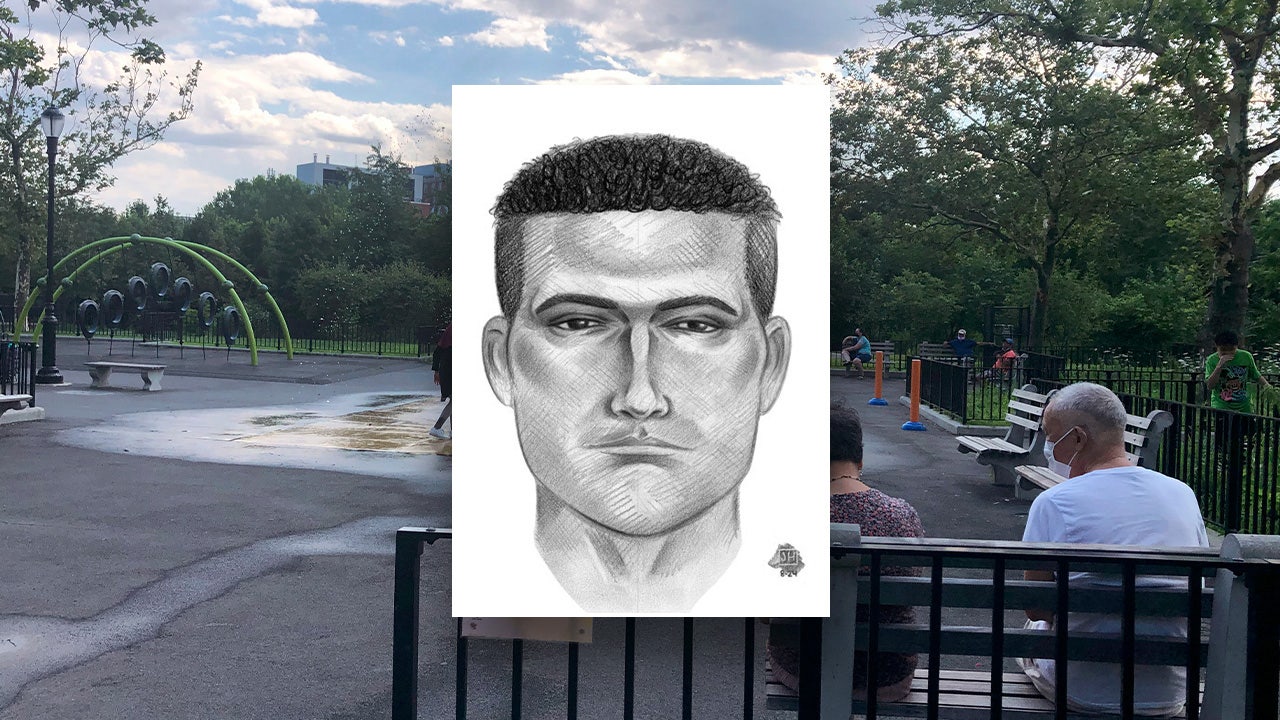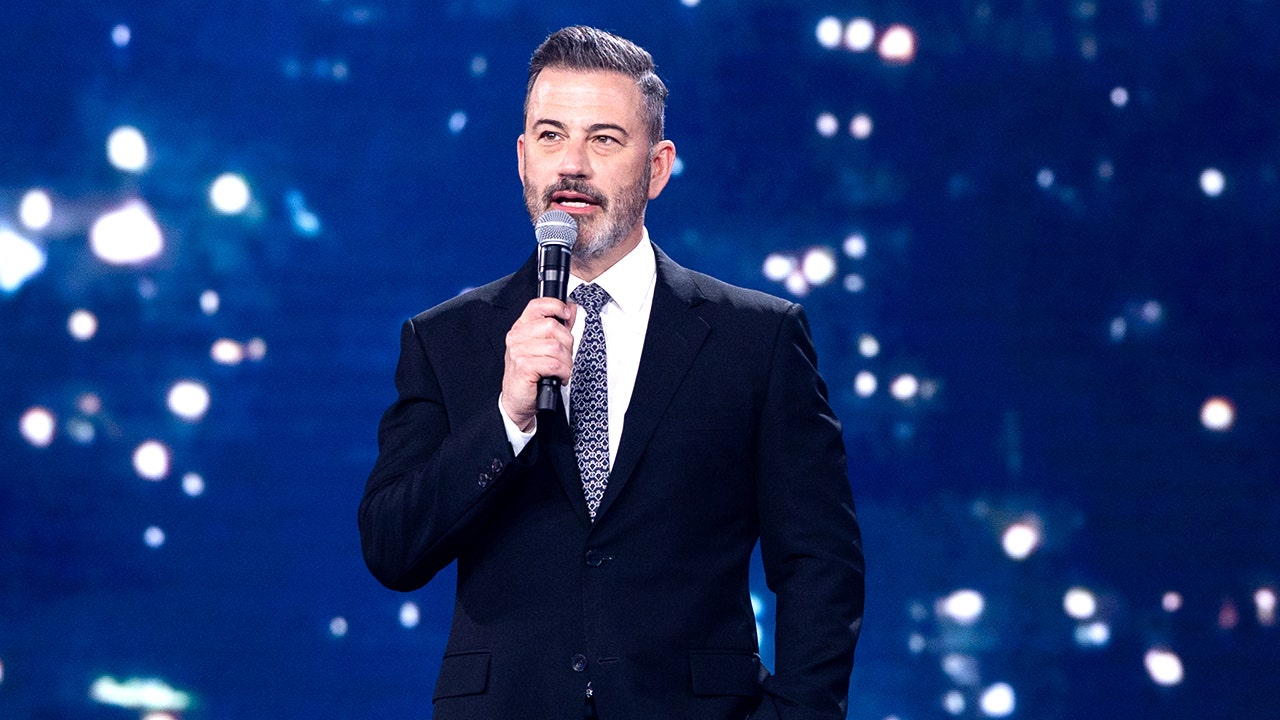Failing to prevent an assassination attempt on former President Trump was the U.S. Secret Service’s “most significant operational failure” in decades, agency director Kimberly Cheatle told a congressional committee during a hearing on the shooting on Monday.
Cheatle also admitted that local authorities observed and photographed the shooter on a rooftop with a clear view of the stage 18 minutes before Trump began speaking.
On July 13, during a campaign rally in Pennsylvania, 20-year-old Thomas Matthew Crooks fired eight shots at Trump from a rooftop, hitting him in the ear and wounding three bystanders, one of them fatally. Ten seconds after the first shot, he was killed by a Secret Service sniper.
But questions from members of the House Oversight and Accountability Committee about how a man with a rifle could have gotten within shooting range of the former president (on a rooftop uncovered by the Secret Service, no less) went mostly unanswered.
“I’m here today because I want to answer questions,” Cheatle said before Rep. Jim Jordan (R-Ohio) interrupted. “I don’t think I’ve answered a single question from the president, the ranking member or myself,” Jordan said.
The director repeatedly gave vague or no answers when pressed for details about the number and types of officers assigned to protect Trump at the rally and how the agency has handled previous requests for additional campaign security personnel.
“This is blatant incompetence,” said Rep. Byron Donalds (R-Fla.), who called for Cheatle's resignation and said he would get more answers from his children if they were in trouble. McDonald said he did not ask for her resignation until he heard her testimony.
Although law enforcement had informed the Secret Service that there was a suspicious person at the rally between two and five times before the shooting, Cheatle declined to provide a specific timeline for when Crooks was first seen. He said Trump would not have been allowed on stage if the Secret Service had known of a specific threat.
“We take what we hear from local authorities very seriously,” Cheatle said. “We are investigating whether or not there was a communication failure.”
In response to a question from Rep. Jake LaTurner (R-Kan.), Cheatle confirmed that a Beaver County emergency services unit spotted Crooks on the roof and photographed him well before Trump took the stage. Because he knew Crooks had previously entered the venue with a rangefinder, he said, his presence on the roof “could be characterized as suspicious.”
Rep. Alexandria Ocasio-Cortez (D-N.Y.) asked why the Secret Service perimeter for the event was shorter than the range of an AR-15, one of the most popular weapons in the United States. Cheatle responded that there was no standard perimeter; the distance varied at different events.
Rep. Stephen Lynch (D-Mass.) asked what led authorities to identify Crooks as a person of interest.
“We have been out for nine days and there are [a] “There are a multitude of interviews that are still being conducted,” Cheatle said, referring to an ongoing FBI investigation, an internal investigation within the Secret Service and an inspector general investigation.
“Did they confront him? Did they approach him? Did they talk to him?” Lynch asked.
“I don't have those details,” Cheatle said.
In his opening remarks, Cheatle explained that the Secret Service constructed a security plan on the Butler Farm grounds with three concentric rings of protection: the inner, middle and outer perimeter, the last of which was protected by the agency and local police.
Cheatle was asked about his response to an ABC interview where he explained that officers were not placed on the roof where Crooks was positioned because it was tilted.
“I should have been clearer in my response,” Cheatle said. “What I can tell you is that there was a plan in place to provide surveillance, and we’re still looking at responsibilities and who was going to provide it, but the Secret Service in general, without speaking specifically to this incident, when we’re providing surveillance, whether it’s through snipers or other technology, we prefer to have sterile rooftops.”

